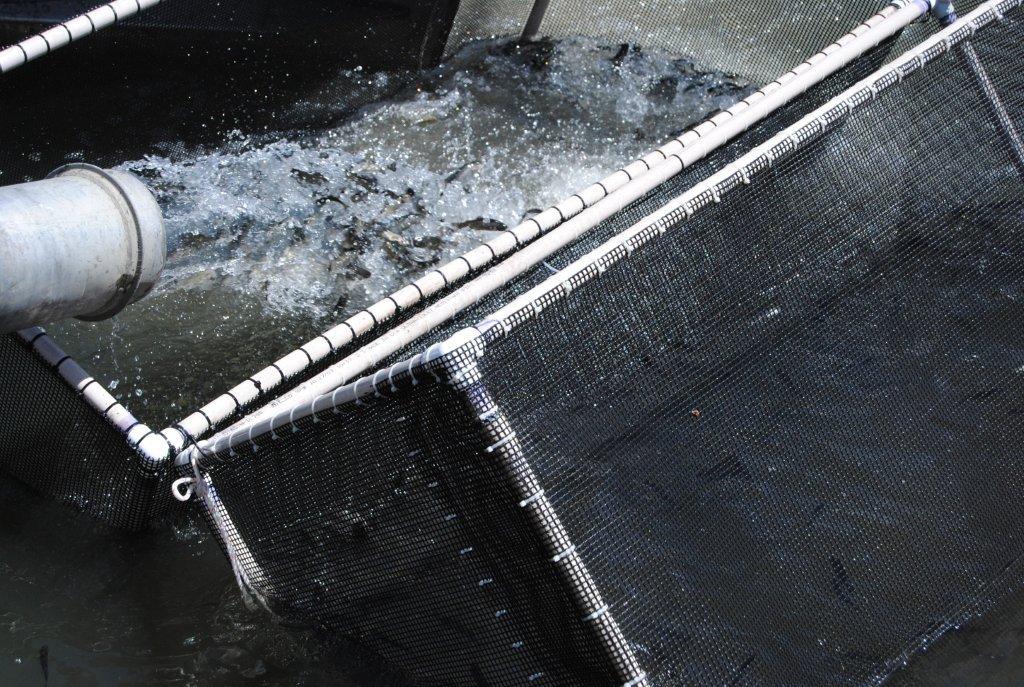It was a welcome sight for fishing enthusiasts. Trucks bearing “live fish” signs backed into the Big Bear Lake Municipal Water District lot and shot hundreds of thousands of small trout out of pipes and into the water the morning of April 1.
About 750,000 fish have been released into the lake in the past two weeks. Another 500,000 will arrive later this month.
The fish, which MWD was able to secure at a discounted rate, are a nice boost for the Big Bear Lake fishing industry, especially following the recent cancellation of two local fishing tournaments. But they’re also an indication of a rough outlook for the fishing industry statewide.
“No one has fish right now,” said MWD General Manager Mike Stephenson.
Fish hatcheries across California have been struggling to cope with the state’s historic drought. The California Department of Fish and Wildlife evacuated fish from two of its hatcheries last summer as dry conditions persisted and water temperatures rose. Other hatcheries have attempted to save fish by installing massive water cooling systems. The Calaveras Trout Farm, a regular supplier for Big Bear Lake, is simply closing up shop for the season.
“The farm has been in operation since 1971, and we’ve never had an issue,” said Tim Goodson, the farm’s owner. “Last year we struggled, but this year the lake is going to go dry.”
Goodson’s Snelling, California farm depends on water from the Merced River, which is fed by Sierra snow pack. With snow levels in the Sierra Nevada at a mere 5 percent of average, some waterways near Goodson’s farm are expected to go dry this summer. Without cool mountain water flowing in, the water at Goodson’s farm will become stagnant and too hot to support baby fish.
Goodson called the situation “dire,” and said he has had to lay off his seven full-time employees. “We produce 600,000 pounds of fish a year, and this year we sold about 80,000 pounds and we’re shutting down,” Goodson said.
Stephenson said Big Bear Lake usually waits to buy fish that are bigger—the majority of the new fish are 2 to 8 inches long—but said he is happy to be able to secure any fish at all for this season. The MWD built new fish cages for the occasion. About 200,000 fish will be raised in the cages until they grow larger.
“It was now or never,” Stephenson said. “React now, or suffer a whole season without fish.”
Stephenson said the Calaveras farm offered him the trout for “pennies on the dollar.” The 1.25 million fish cost about $95,000 and might have cost more than $3 million in a good year, he said. He is optimistic the investment will make a lasting impact.
“This will make a difference for three years, easily,” Stephenson said. “Even though they’re smaller fish, it’s 20 times the number of fish we got last year.”
For now, the effects of the drought have brought some good news for fishing in Big Bear Lake, even if it’s bad news overall for California’s $1.3 billion fishing industry.
Goodson just hopes things turn around for trout farms like his. “Next year we’re hoping we get rain, but if this continues I’m not sure what we’ll do,” Goodson said.
Photo courtesy of Big Bear Lake Municipal Water District
Read this story on the Big Bear Grizzly
